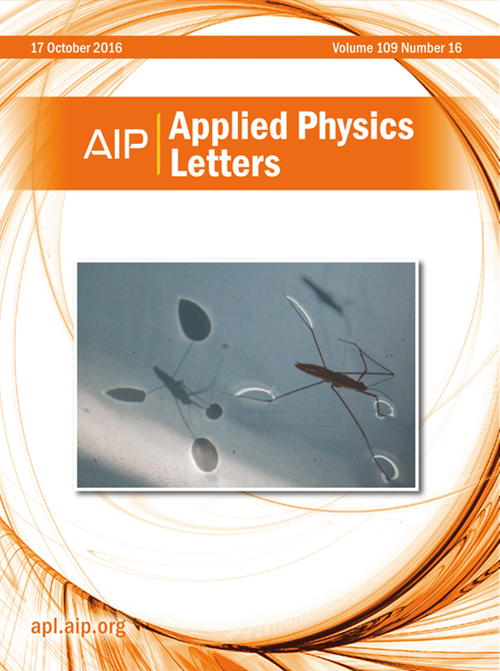A grain boundary embrittlement genome for substitutional cubic alloys
IF 3.5
2区 物理与天体物理
Q2 PHYSICS, APPLIED
引用次数: 0
Abstract
Grain boundary chemistry plays a critical role for the properties of metals and alloys, yet there is a lack of consistent datasets for alloy design and development. With the advent of artificial intelligence and machine learning in materials science, open materials models and datasets can be used to overcome such challenges. Here, we use a universal interatomic potential to compute a grain boundary segregation and embrittlement genome for the Σ5[001](210) grain boundary for FCC and BCC binary alloys. The grain boundary database calculated here serves as a design tool for the embrittlement of high-angle grain boundaries for alloys across 30 base metals of Ag, Al, Au, Ba, Ca, Ce, Co, Cr, Cs, Cu, Fe (both BCC and FCC), Ir, K, Li, Mo, Na, Nb, Ni, Pb, Pd, Pt, Rb, Rh, Sr, Ta, Ti, V, W, Yb, and Zr with 75 solute elements for each.取代立方合金的晶界脆化基因组
晶界化学对金属和合金的性能起着至关重要的作用,但合金设计和开发缺乏一致的数据集。随着人工智能和机器学习在材料科学领域的出现,开放材料模型和数据集可以用来克服这些挑战。在这里,我们使用通用原子间势来计算FCC和BCC二元合金Σ5[001](210)晶界的晶界偏析和脆化基因组。本文计算的晶界数据库可作为设计工具,用于分析银、铝、Au、Ba、Ca、Ce、Co、Cr、Cs、Cu、Fe(包括BCC和FCC)、Ir、K、Li、Mo、Na、Nb、Ni、Pb、Pd、Pt、Rb、Rh、Sr、Ta、Ti、V、W、Yb和Zr等30种贱金属合金的高角度晶界脆化,每种金属有75个溶质元素。
本文章由计算机程序翻译,如有差异,请以英文原文为准。
求助全文
约1分钟内获得全文
求助全文
来源期刊

Applied Physics Letters
物理-物理:应用
CiteScore
6.40
自引率
10.00%
发文量
1821
审稿时长
1.6 months
期刊介绍:
Applied Physics Letters (APL) features concise, up-to-date reports on significant new findings in applied physics. Emphasizing rapid dissemination of key data and new physical insights, APL offers prompt publication of new experimental and theoretical papers reporting applications of physics phenomena to all branches of science, engineering, and modern technology.
In addition to regular articles, the journal also publishes invited Fast Track, Perspectives, and in-depth Editorials which report on cutting-edge areas in applied physics.
APL Perspectives are forward-looking invited letters which highlight recent developments or discoveries. Emphasis is placed on very recent developments, potentially disruptive technologies, open questions and possible solutions. They also include a mini-roadmap detailing where the community should direct efforts in order for the phenomena to be viable for application and the challenges associated with meeting that performance threshold. Perspectives are characterized by personal viewpoints and opinions of recognized experts in the field.
Fast Track articles are invited original research articles that report results that are particularly novel and important or provide a significant advancement in an emerging field. Because of the urgency and scientific importance of the work, the peer review process is accelerated. If, during the review process, it becomes apparent that the paper does not meet the Fast Track criterion, it is returned to a normal track.
 求助内容:
求助内容: 应助结果提醒方式:
应助结果提醒方式:


